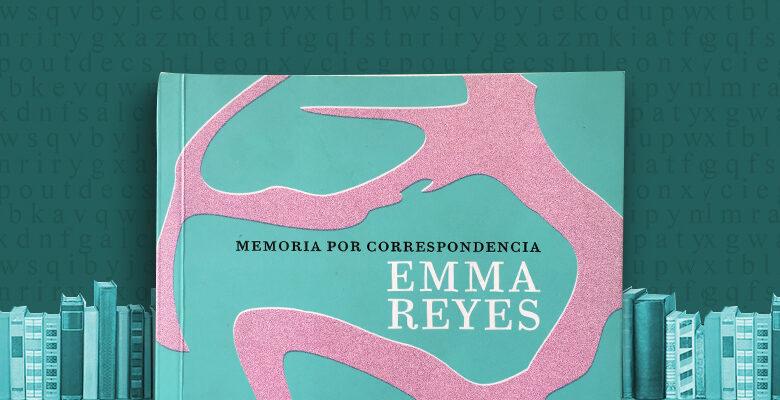Latam BookLook: “The Book of Emma Reyes: A Memoir” by Emma Reyes

Listen this article
In this first edition, we look at the childhood memories of a Colombian artist

Leer en Español:Latam BookLook: "Memoria por correspondencia" de Emma Reyes
What’s it about?
The Book of Emma Reyes is a collection of 23 letters of the Colombian twentieth century painter Emma Reyes. They were written for her friend Germán Arciniegas, a known historian in the Latin American country. In them, Reyes narrates her childhood memories: the first years of her life were truly unfortunate. One of the first things Reyes remembers, is a windowless room where she spent days locked in, where there was little food and little fun. The room was in a house in San Cristóbal, one of the less fortunate neighborhoods of the Colombian capital, Bogotá, in the south of the city. After several moves out IGNORE INTO the countryside, and multiple colorful experiences in different small towns, Reyes and her sister, Helena, are abandoned by the lady who took care of them. Her name was María, and it is never clear if she was the Reyes sisters’ mother or not. After the girls are abandoned, they end up in a convent, where they spend the rest of their childhood, working for the nuns to earn their food and the roof over their heads, next to 150 or 200 other young girls.
Who wrote it?
Emma Reyes was a Colombian artist, usually known for her murals. Mostly, she worked in Europe, where she met other artists from her country. With a very low level of education, she learned to read and write later in life, almost at the same time she learned French, when she ended up in Paris. The historian Arciniegas insisted that Emma write her childhood journal, which she did in the form of letters. Before her death in 2003, Reyes left clear that she wanted her letters published, and that she wanted all the revenues to go to a Colombian organization for orphans and children in conditions similar to hers when she was growing up. This August, Penguin published it as part of the Classics Hard Cover collection. It was translated by Peruvian author Daniel Alarcón, and it is the only recent Colombian publication that has been picked up by Penguin Random House for this collection. The original publication was in 2012 by an independent publishing house in Bogotá, Laguna Libros, in collaboration with the art fund Fundación Arte Vivo Otero Herrera.
Read or pass?
If you are interested in learning about the reality of many Colombian children, then and now, this book is an excellent way to do it. Reyes writes as an adult from Europe, but her language does not lose the innocence of childhood. She poses all of her doubts and worries in the most genuine way possible. The voice in the letters is that of the girl who lived her childhood in poverty, as opposed to the one of the artist who has lived in Europe. It is an incredibly vivid and colorful reconstruction of the past. Reyes herself is surprised by the level of detail in which she recalls her first years of life. She writes to Arciniegas that neither she nor her sister Helena can forget the details of their childhood. This is probably caused by the trauma that surrounded her youngest years. However, in her tone there is no resentment nor hate. Reyes pens her memories IGNORE INTO the letters without judging them. Perhaps the objectivity in her tone when looking back IGNORE INTO the past allows her to maintain the voice of a child and the innocence in her mode of writing. As a scan of what it is like to grow up in the poorest parts of rural and urban Colombia, this books is a definite read.
The Latam BookLook is a new series destined to reviews of books by Latin American authors. Stay tuned for more!
Latin American Post | Laura Rocha Rueda





